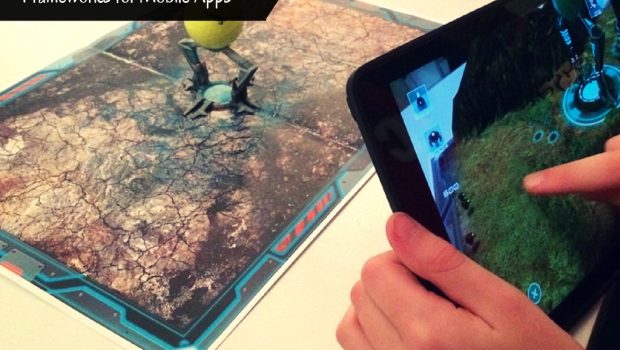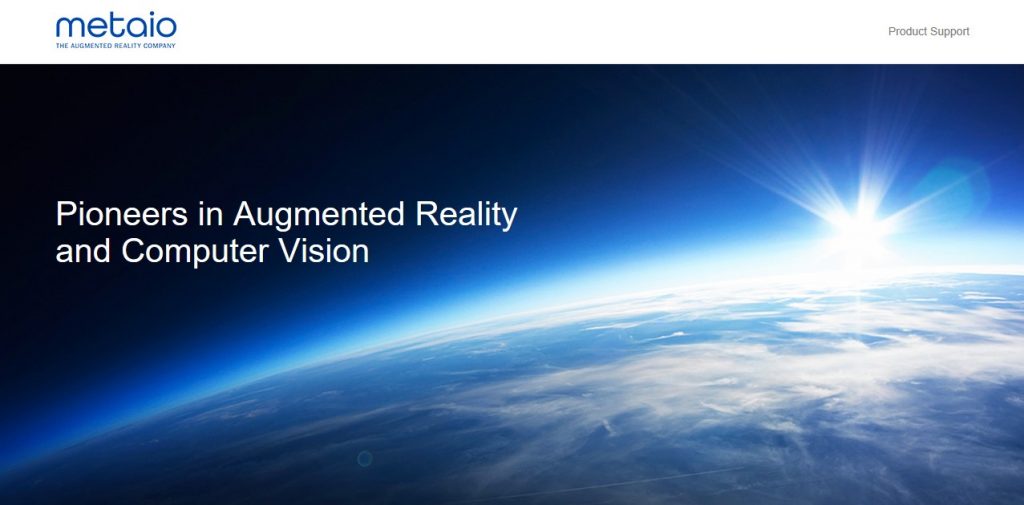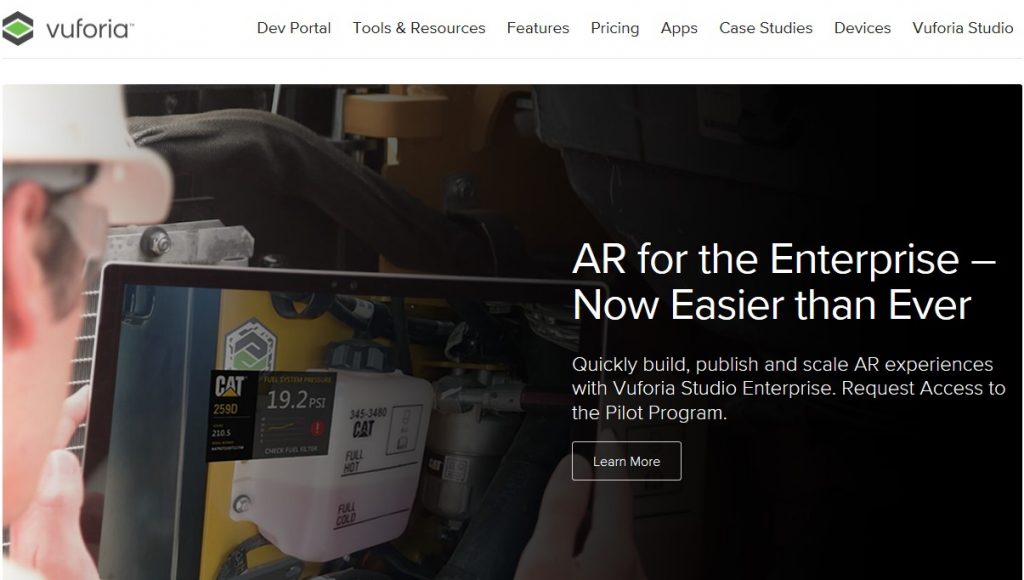Top 3 Augmented Reality (AR) SDKs (Tools) for Mobile Apps
Augmented Reality (AR) is about overlaying bits of a virtual world over this present reality. On cell phones, this just means upgrading what you can see through the gadget’s camera with sight and sound substance (e.g. you can point your camera at a film blurb and watch its trailer, or you can point it at a star in the sky and take in its name). In this way, essentially AR comes down to the accompanying three basic inquiries: where to show what and how.
Every Augmented Reality SDK, as sdk all, are not made similarly. They all have their preferences and inconveniences. Ensure you direct sufficient research on your project and the accessible SDK’s. When you have decided your needs, you will be in the best position to pick.
The SDK powers mobile apps with out-of-the-box mobile image recognition and visual search technology, that could work in the absence of internet connection. The SDK can be trained to recognize a wide-variety of real world objects like buildings/places, printed materials, automotive/machinery parts, retail products etc.
The SDK also allows on the fly update and sync with a centralized cloud database, further increasing robustness and consistency of the app. All the images can be easily managed using our web-based dashboard service which can be easily synchronize with any mobile devices.
We picked the main 3 Augmented reality SDK suppliers and recorded them below. Since we don’t have a particular recipe for rating the SDK’s, the accompanying rundown was picked and showed arbitrarily.
- Metaio:
Metaio – Augmented Reality Products & Solutions
Compatible with iOS, Android and Window’s PC using their own language AREL (based on JavaScript and HTML5) or use native code. Free to download and try.
Metaio has additionally composed their own particular AR scripting language, Augmented Reality Experience Language that permits you to build up your AR applications utilizing normal web advancements (HTML5, XML, Javascript) and deploy them all over the place. Metaio Augmented Reality SDK can be used to develop AR apps for Android, iOS, Windows PC, Google Glass, Epson Moverio BT-200 and Vuzix M-100 or using Unity.
- Vuforia:
With support for iOS, Android, and Unity 3D, the Vuforia Augmented Reality platform allows you to write a single native app that can reach the most users across the widest range of smartphones and tablets. Vuforia supports:
- the detection of several kinds of targets (including objects, images, English text)
- target tracking
- 2D and 3D recognition
- scanning real objects for recognition
- virtual buttons
- mapping additional elements via OpenGL
- Smart TerrainTM, a capability to reconstruct a terrain in real time, creating a 3D geometric map of the environment
- Extended Tracking, a capability that delivers a continuous visual experience even when the target is out of view
- WikiTude:
WikiTude Augmented Reality sdk takes out the complexity of working with AR and lets you focus on your content. It supports:
- 2D and 3D recognition
- scanning real objects for recognition
- 3D model rendering and animation
- location tracking
- HTML augmentation
Some more:
The SDK for iOS will get you up-and-running in no time: CraftAR Augmented Reality SDK for iOS (downloading and development are free, yet in that case the content is shown with watermark).
Some technical advantages: stable tracking of level objects permits rendering your substance taking care of fractional impediments or change in brightening, zooming in and out (even on the off chance that the question is not outwardly rich). Both on-gadget and cloud instrument are accessible.
Contingent upon what your application is implied for (which you didn’t precisely indicate) you can join it with Unity, utilizing CraftAR Unity Augmented Reality SDK to include game objects, (for example, animated 3D models or 360 panoramas) to a scene that can be distributed into the CraftAR Cloud Service. You will have the capacity to adjust the substance at whatever time. Your application will then associate with the cloud and render your most recent overhaul without updating your application.
At present native Xcode based development is the only way to pull off an AR game, for image processing – yes there are few options to cut down day time, ARPA is one of the good choices
Conclusion:
There are dozens of well known SDKs that Augmented Reality App Development company’s engineers use for making augmented reality applications, yet it can’t help you to settle on the decision. To start the AR application development, firstly you ought to characterize what parameters are key for you. Whether it concerns just 2D and 3D acknowledgment or relates more to distinguishing geolocation, or something else. After that, you could pick an AR tool that is more effective for your particular undertakings.
Author bio:
Hiren Patel is a developer, designer, storyteller, thinker at iMOBDEV Technologies, a top most Virtual Reality & Augmented Reality app development company where most practiced developers have earned expertise for shaping up the user friendly AR/VR apps for all possible platforms.


















